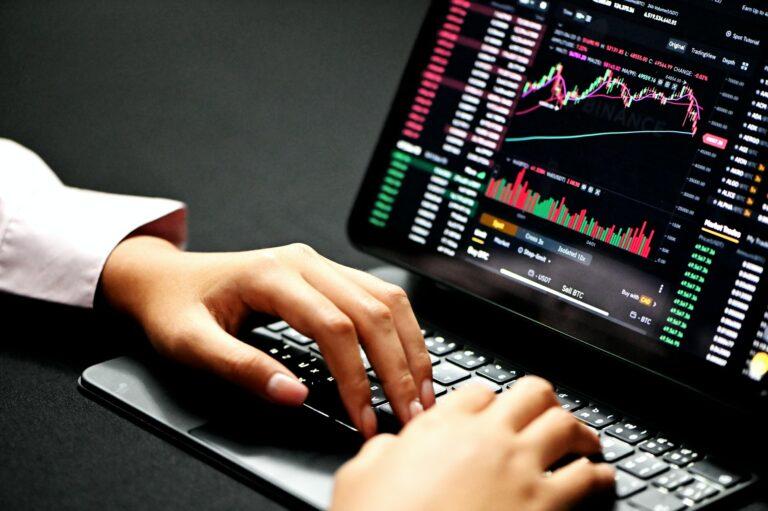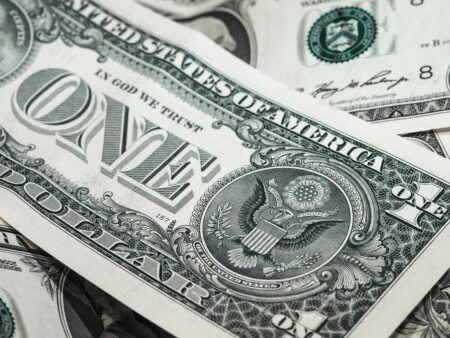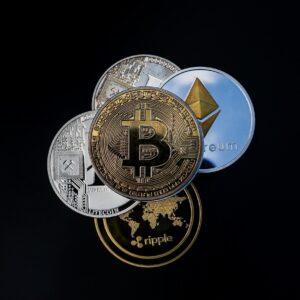The price of an Ethereum-based altcoin, Bancor ($BNT) has recently seen a surge of over 40% in a 24-hour period amid what appeared to be accumulation that has been redirected to a wallet belonging to South Korean cryptocurrency exchange Upbit.
According to on-chain monitoring service Lookonchain, the native token of the automated market maker (AMM) Bancor, which is based on the Ethereum blockchain, saw its price surge nearly 40% after Upbit’s wallet accumulated 4.71 million $BNT tokens, equivalent to 3.3% of the cryptocurrency’s supply in just 11 hours.
Bancor Network is an exchange using smart contracts to enable the conversion of different tokens. The smart contracts regulate access to the network’s liquidity pools, according to Coinbase, allowing users to n convert any tokens on the network, even those on other blockchain.
While the protocol runs on Ethereum it’s interoperable with other blockchains. It features a stable version of its BNT token, USDB (USDBancor) that can be used as an alternative reserve currency for the network, and is supported by BNT and used in Bancor Network relays.
The accumulation comes as the CEO of JPMorgan Chase, Jamie Dimon, cautions that global financial markets could face unprecedented turbulence if the Federal Reserve pushes its benchmark interest rate to 7% in the face of stagflation.
During a recent conversation while in Mumbai for a JPMorgan investor summit, Dimon referred famous investor Warren Buffet, often referred to as the Oracle of Omaha, said that when the tide goes out “you find out who is swimming naked.” Per Dimon, the Fed raising rates to 7% would be the tide going out.
Despite previously advocating for a rate hike to counter soaring inflation, Dimon underscored that the transition from 5% to 7% would exact a more pronounced toll on the economy compared to the shift from 3% to 5%.
Notably, economist and gold bug Peter Schiff has, as CryptoGlobe reported, painted a bleak picture for the U.S. dollar and the broader economy, tracing current inflationary pressures back to the 2008 financial meltdown.
Schiff argued that policies adopted post the crisis, specifically the quantitative easing measures dubbed QE1, QE2, and QE3, coupled with the fiscal response to the Covid pandemic, are the primary drivers of the escalating inflation rates.
Featured image via Unsplash.









